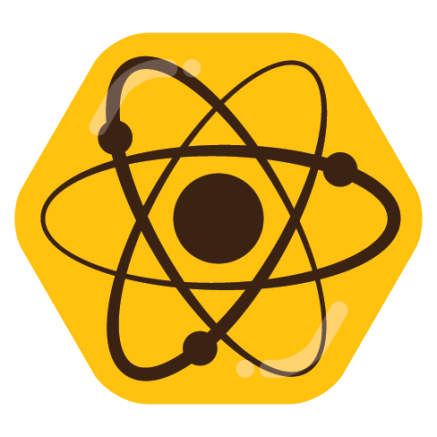It’s a plot device beloved by science fiction: our entire universe might be a simulation running on some advanced civilization’s supercomputer. But new research from UBC Okanagan has mathematically proven this isn’t just unlikely—it’s impossible.
Dr. Mir Faizal, Adjunct Professor with UBC Okanagan’s Irving K. Barber Faculty of Science, and his international colleagues, Drs. Lawrence M. Krauss, Arshid Shabir and Francesco Marino have shown that the fundamental nature of reality operates in a way that no computer could ever simulate.
Their findings, published in the Journal of Holography Applications in Physics, go beyond simply suggesting that we’re not living in a simulated world like The Matrix. They prove something far more profound: the universe is built on a type of understanding that exists beyond the reach of any algorithm.
“It has been suggested that the universe could be simulated. If such a simulation were possible, the simulated universe could itself give rise to life, which in turn might create its own simulation. This recursive possibility makes it seem highly unlikely that our universe is the original one, rather than a simulation nested within another simulation,” says Dr. Faizal. “This idea was once thought to lie beyond the reach of scientific inquiry. However, our recent research has demonstrated that it can, in fact, be scientifically addressed.”


let’s play a fun game where we read a “breaking news” story about a scientific “discovery” and count the reasons to be skeptical about it
right off the bat - you have a conflict of interest where the person writing this is from the same university as the lead author.
this article is stylized to read like “news” but it’s probably more accurate to treat it like you would a press release.
and in fact, this same text is on UBC’s website where it explicitly says “Content type: Media Release”
Patty Wellborn’s author page there seems to indicate that writing this kind of press release is a major part of her job
huh…that name sounds familiar…let me go check his wikipedia page and oh look there’s a Controversies section with “Relationship with Jeffrey Epstein” and “Allegations of sexual misconduct” subsections.
that journal is published by Damghan University in Iran
there’s a ton of xenophobia and Islamophobia that gets turned up to 11 when people in the English-speaking world start discussing Iran, so I don’t want to dismiss this journal out-of-hand…but their school of physics has 2 full professors?
if I was going to find out “oh Damghan is actually well-regarded for physics research” or something that’s not what I’d expect to see
but anyway, let’s look at the paper itself
except, hold on, it’s not a paper, it’s a letter:
that’s an important difference:
reading a bit further:
this is “proving” something fundamental about the nature of the universe…and the entire review process took 11 calendar days? (basically one work week, the 6th was a Friday and the 17th was a Tuesday)